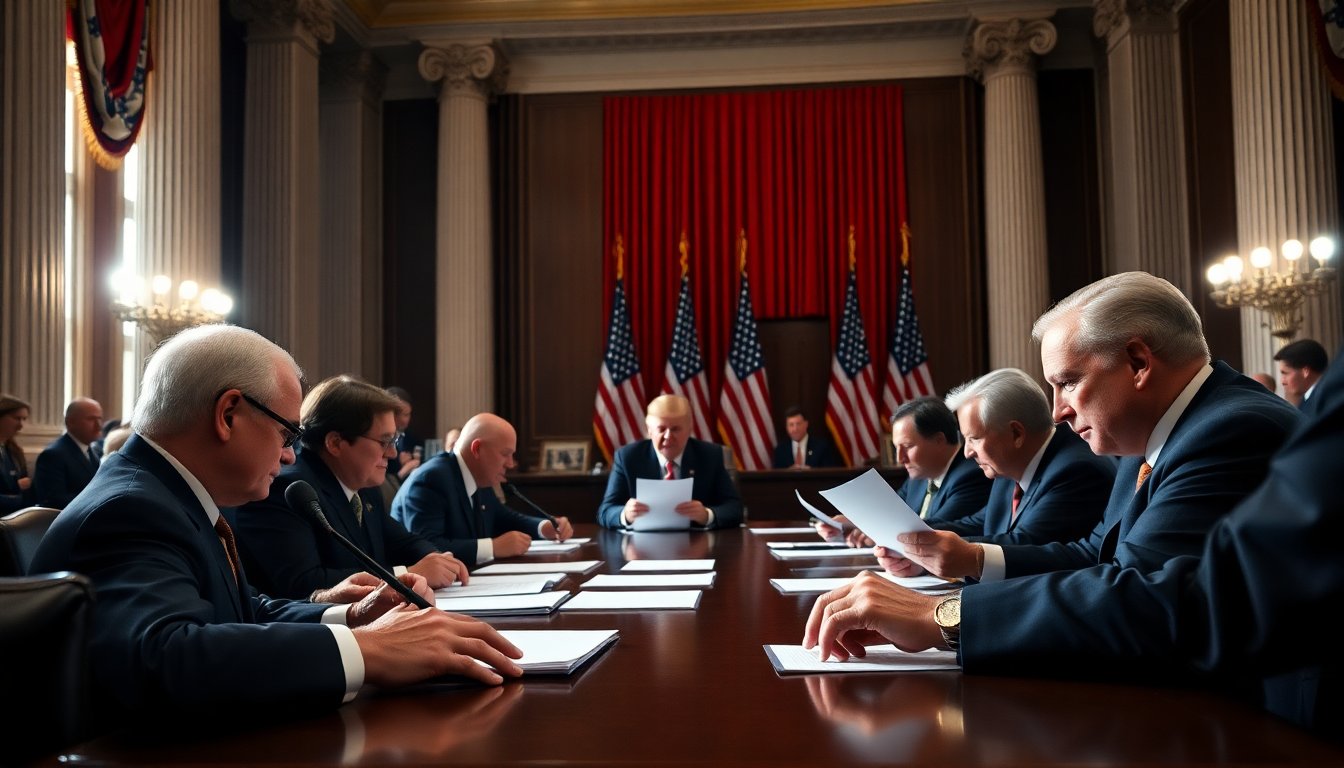Table of Contents
In a moment that many observers found notably different from previous years, Congress officially announced the election victory of Donald J. Trump. Vice President Kamala Harris presided over the brief session, where the certification process unfolded without the anticipated drama or contention. This smooth transition contrasts sharply with the chaotic events witnessed four years earlier, illustrating a significant shift in the political landscape.
The certification of a president-elect is a critical procedure within the American democratic framework. It not only symbolizes the culmination of the electoral process but also reinforces the peaceful transfer of power, a cornerstone of the nation’s political culture. The recent session, characterized by its efficiency and lack of interruptions, reflects a concerted effort to uphold democratic norms.
Comparing current and past electoral certifications
The differences between the recent certification and that of four years ago could not be more pronounced. In 2021, the Capitol was engulfed in chaos as rioters stormed the building, protesting the outcome of the election. That period was marred by significant unrest, raising questions about the very integrity of the electoral process. In contrast, this year’s ceremony was largely uneventful, a testament to the evolving political dynamics and perhaps a recognition of the necessity for stability.
A new atmosphere in the political arena
The political atmosphere surrounding this election has shifted remarkably. Following years of intense partisanship and public discord, the current session was marked by a spirit of cooperation and mutual respect among lawmakers. This change might signal a broader willingness among political factions to engage in constructive dialogue rather than resorting to conflict. The calm in Congress during this certification reflects the desire for a more stable political environment moving forward.
Implications of the certification
Certification by Congress carries substantial implications not only for the incoming administration but also for the country as a whole. It serves as a formal acknowledgment of the electoral outcome, paving the way for the new leader to assume office with legitimacy. Additionally, this step reinforces the fundamental principle of democracy, where the voice of the electorate is respected and heeded.
Moreover, the lack of major incidents during this certification process may encourage public trust in the democratic system. When citizens observe their representatives engaging in a smooth transition, it fosters a sense of confidence in governmental processes. This is particularly important in a time when skepticism about elections has been prevalent.
Looking ahead: Challenges and opportunities
As Trump prepares to take office, he faces both challenges and opportunities that will test his leadership. The current political landscape requires a delicate balance between addressing the concerns of various constituents while promoting unity. Trump’s ability to navigate these complexities will be crucial in determining the success of his administration.
Furthermore, the successful certification of his victory sets the stage for potential policy initiatives that could resonate with a broad audience, assuming they are approached with an inclusive mindset. The path ahead may not be devoid of obstacles, but the calmness of this recent certification provides a foundation upon which to build.
Overall, the recent certification of Donald J. Trump’s election victory by Congress marks a pivotal moment in American politics. The contrast to the previous chaotic session highlights the importance of a stable political atmosphere and the respect for democratic processes. As the nation moves forward, the implications of this certification will resonate, shaping the political discourse in the years to come.


